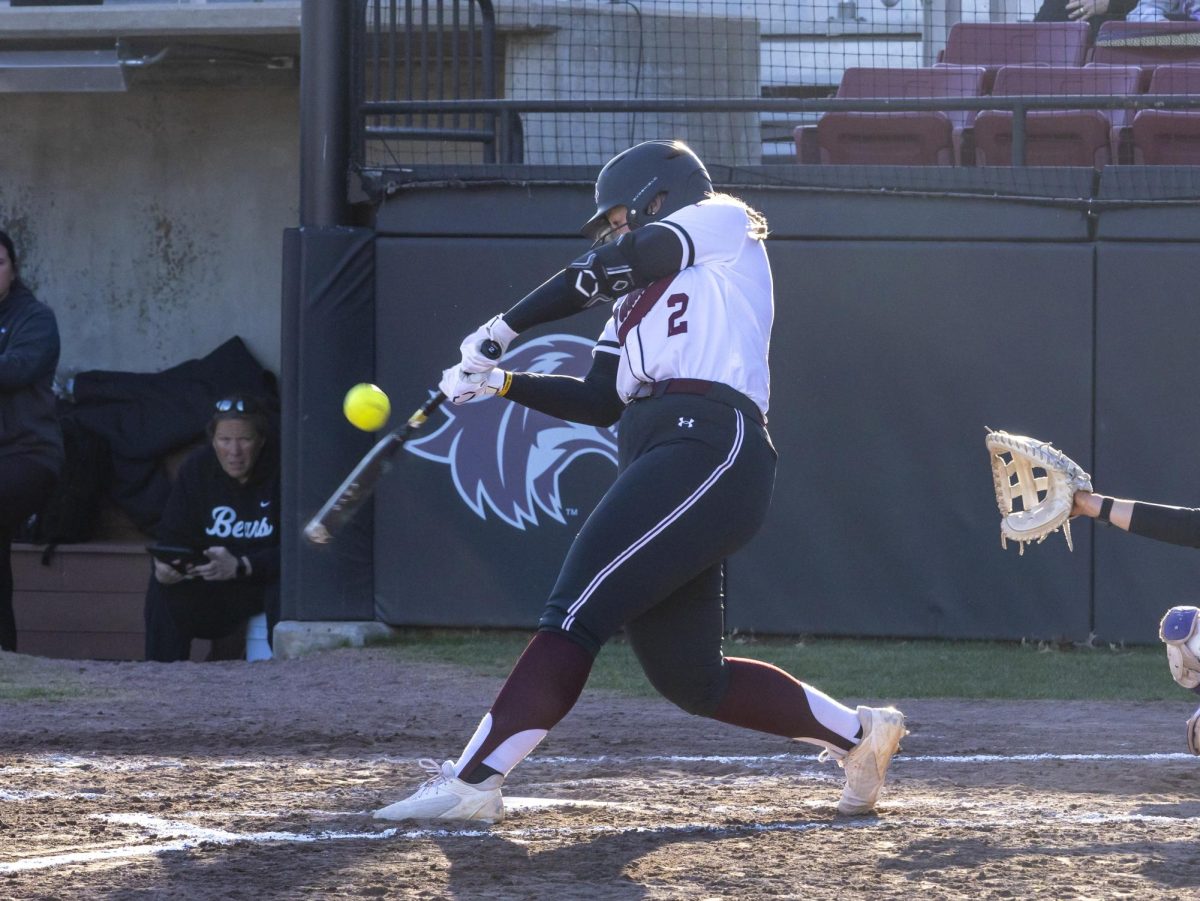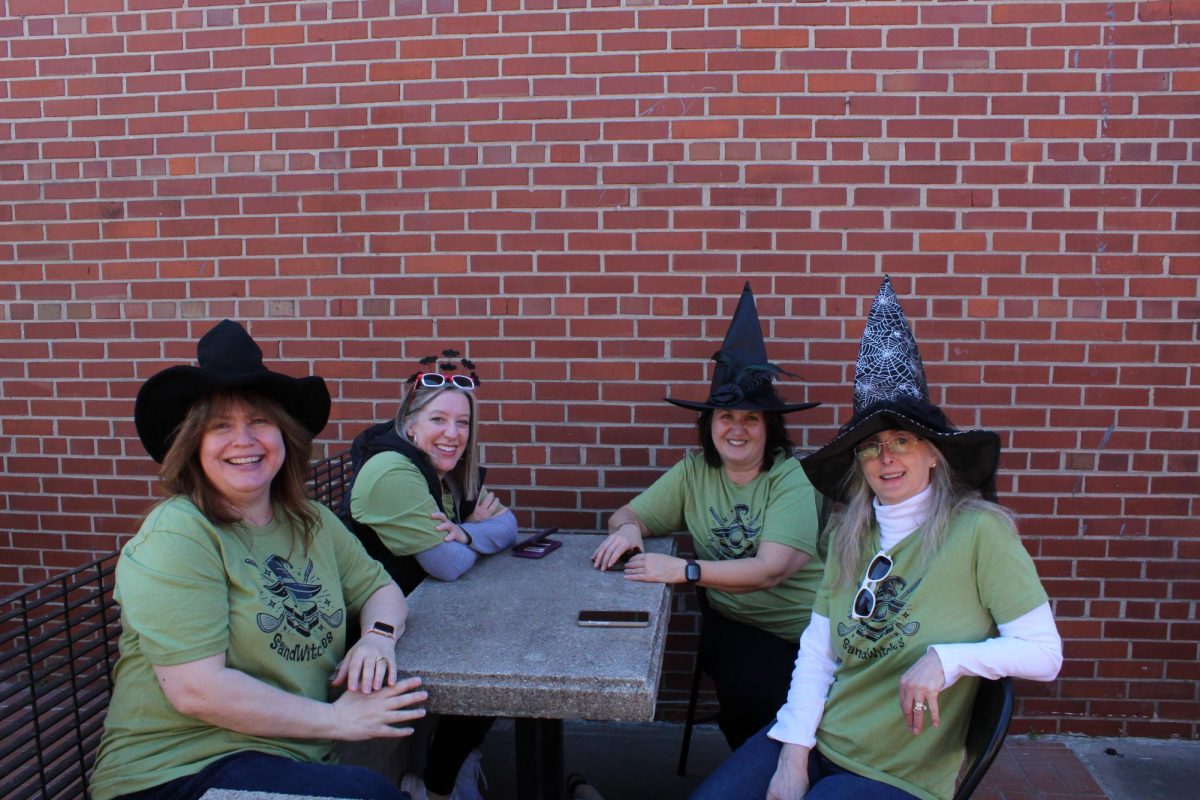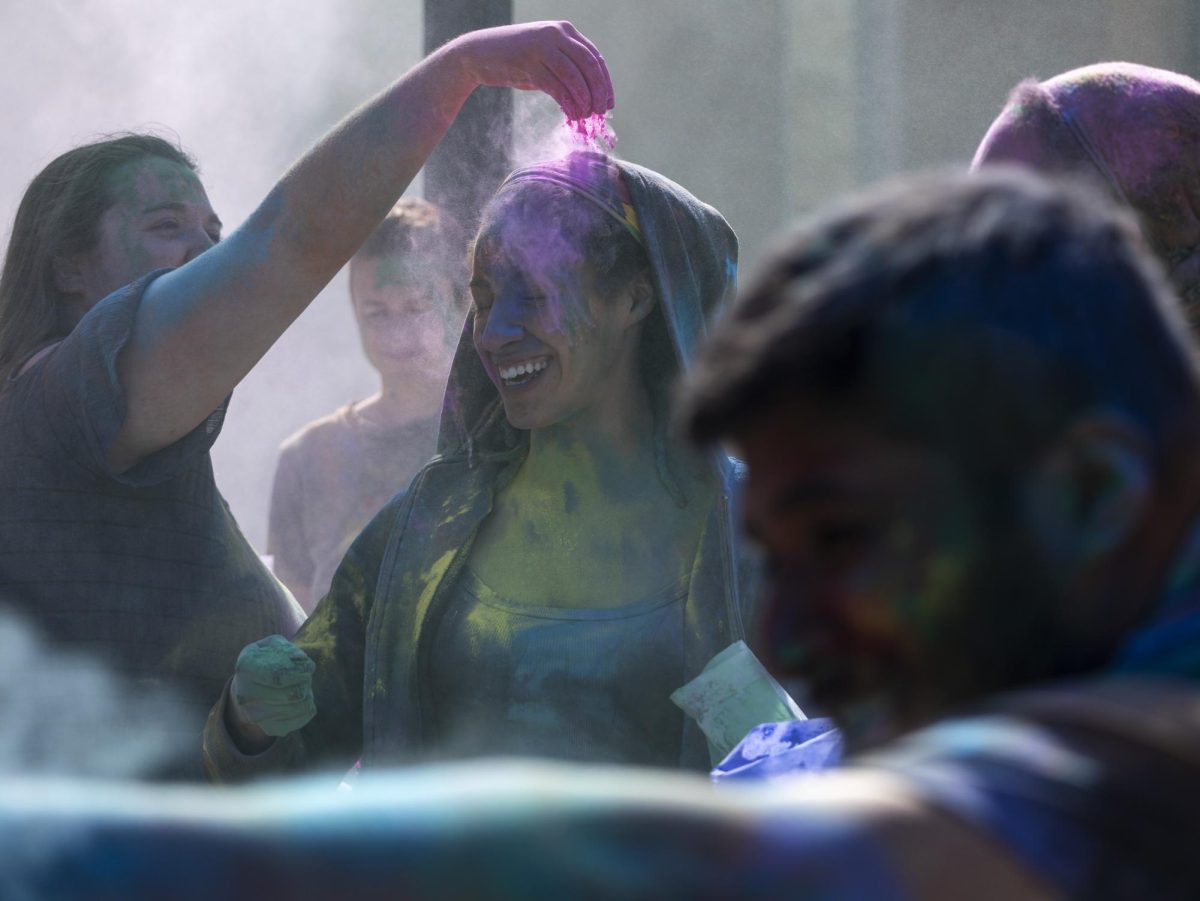It’s not just weight rooms. NCAA is holding women athletes back from making millions.
March 30, 2021
The News & Observer – The justified and entirely avoidable uproar over the very different conditions for men’s and women’s basketball players in their respective tournament bubbles has raised new questions about gender-equity issues within the NCAA office and across college sports.
That’s not the only area where the NCAA is holding female athletes back.
When athletes finally are able to cash in on endorsements, who stands to benefit the most? It’s not who you might think.
Advertisement
It’s the gymnasts, women’s basketball players, softball players and other female athletes who have the kind of massive social-media followings that would allow them to cash in immediately as influencers, if and when the NCAA allows.
An Axios/Opendorse study published Monday found that among basketball players in the men’s and women’s Sweet 16, female players had eight of the 10 largest followings and 10 of the top 20.
That follows an Athletic Director U/Navigate study in the spring of 2020 that found five gymnasts and eight female athletes among the top 13 college athletes across the country in potential endorsement earnings.
The revenue sports for schools and the revenue sports for athletes in an NIL world are not necessarily the same.
As states continue to pass laws allowing college athletes to profit from their name, image and likeness rights — NIL for short — and the NCAA continues to drag its feet, having agreed in principle in October 2019 only to pull back because of antitrust concerns, the debate over NIL is mostly focused on how it would affect football recruiting and the like, and whether it would divert sponsorship money from schools to athletes. In some ways, that all misses the point. Recruiting has always been determined by money, whether that’s coaches’ salaries or Xanadu facilities or cash under the table. NIL won’t change that. If anything, it’ll democratize a football universe where the same four schools get all the good players.
Meanwhile, there’s a line of argument that says if athletes are allowed to cash in on their image rights, they’ll get endorsements instead of their athletic departments and schools will cut sports, the sky will fall, the Big Ten will move to D-III, etc. Never mind that these claims are basically rooted in exploitation: If the business model depends on taking money from the athletes who generate it to spend it on other things, the business model is flawed. Schools have been making the same claims about every liberalization in college athletics and the money keeps on flowing. It’s always a question of priorities, not resources.
Both debates overlook the reality that NIL will not only create new revenue as athletes monetize their massive Instagram followings, it will equalize the power dynamics on campus. While everyone’s worried about car dealerships putting offensive linemen in their commercials, the Axios/Opendorse study estimated Louisville basketball player Hailey Van Lith, not even the best player on her own team, could turn her social accounts into $965,000.
Advertisement*
Normally, to make that kind of money in college athletics, you need to be an associate deputy senior assistant athletic director for executive strategic administration. Or a football strength coach.
NIL is going to be a watershed moment for female college athletes and women’s sports.
And not a moment too soon, as we’ve seen this month.
There are differences between the men’s and women’s basketball tournaments that are, to some extent, outside the NCAA’s control. The budgets are different because the economics are different — the men’s tournament, at the moment anyway, is played in larger buildings, spends more on sponsor coddling, has more travel because it uses more neutral sites and gets more for its television rights. It’s a function of supply and demand. The market, not the NCAA, will dictate if and when that changes.
Nevertheless, it’s up to the NCAA to make sure the playing field is level for the men and women, and that’s where it so shamefully dropped the ball. There has to be equal access to essentials like charter flights, hotels, weight rooms, practice courts, health care, child care and something as stupid but visible as swag bags. That’s a given.
The inequities were easily foreseen, easily remedied and inexcusably ignored. The furor managed to wipe out the goodwill the NCAA should have earned for the determination and effort (and luck) required to get 132 teams together in a pandemic, losing only one team along the way to the Elite 8 in both tournaments. Given the way the regular season and conference tournaments went, it’s a miracle.
The NCAA’s failure to ensure the men and women had comparable bubbles — especially in these circumstances, where comparisons were inevitable — was such an unforced error.
That the women’s justified complaints so quickly went viral underlines the power of not only their outrage but their social-media followings, which brings us back to NIL.
The women got short shrift in San Antonio, but they’re going to get it back when they can activate their NIL rights. There’s a whole new world of opportunities out there waiting for female college athletes, as soon as the NCAA gets out of their way. Again.
©2021 The News & Observer. Distributed at Tribune Content Agency, LLC.
Advertisement








